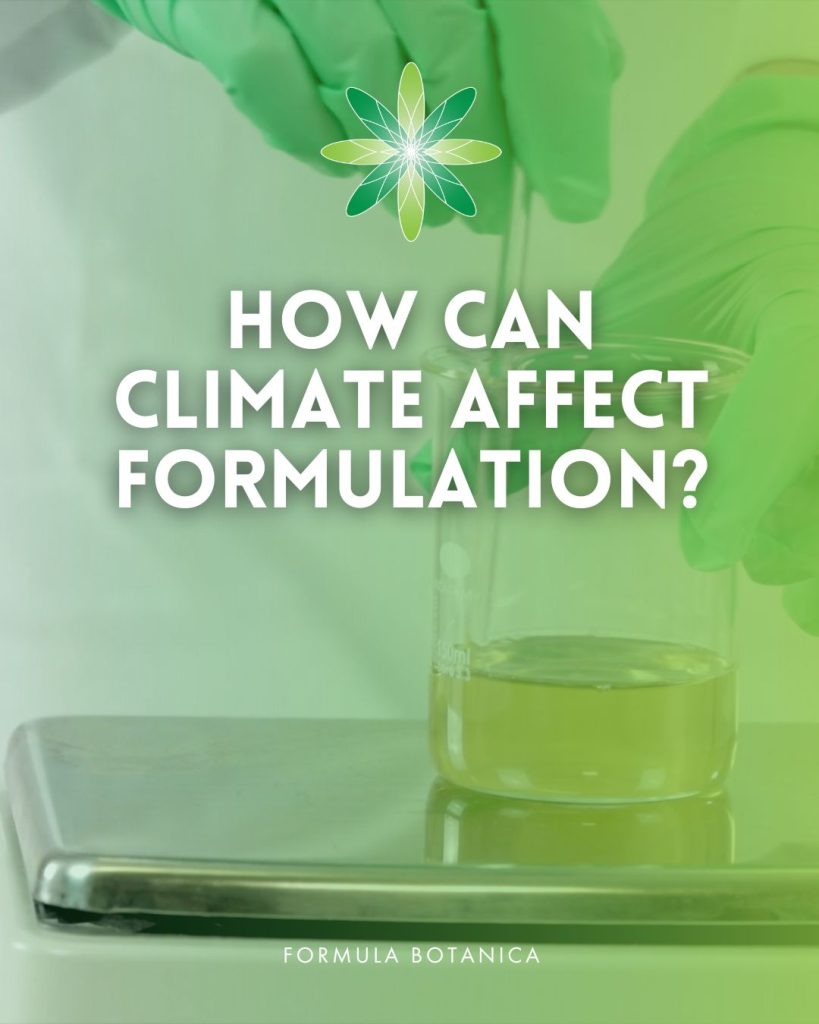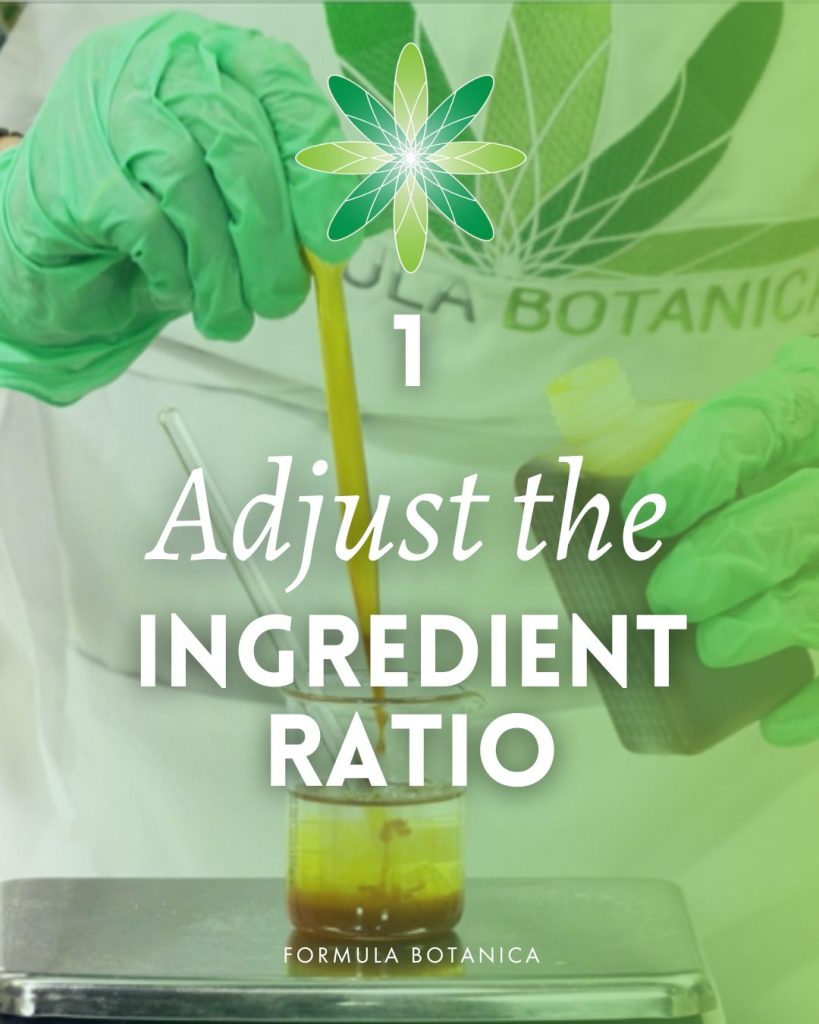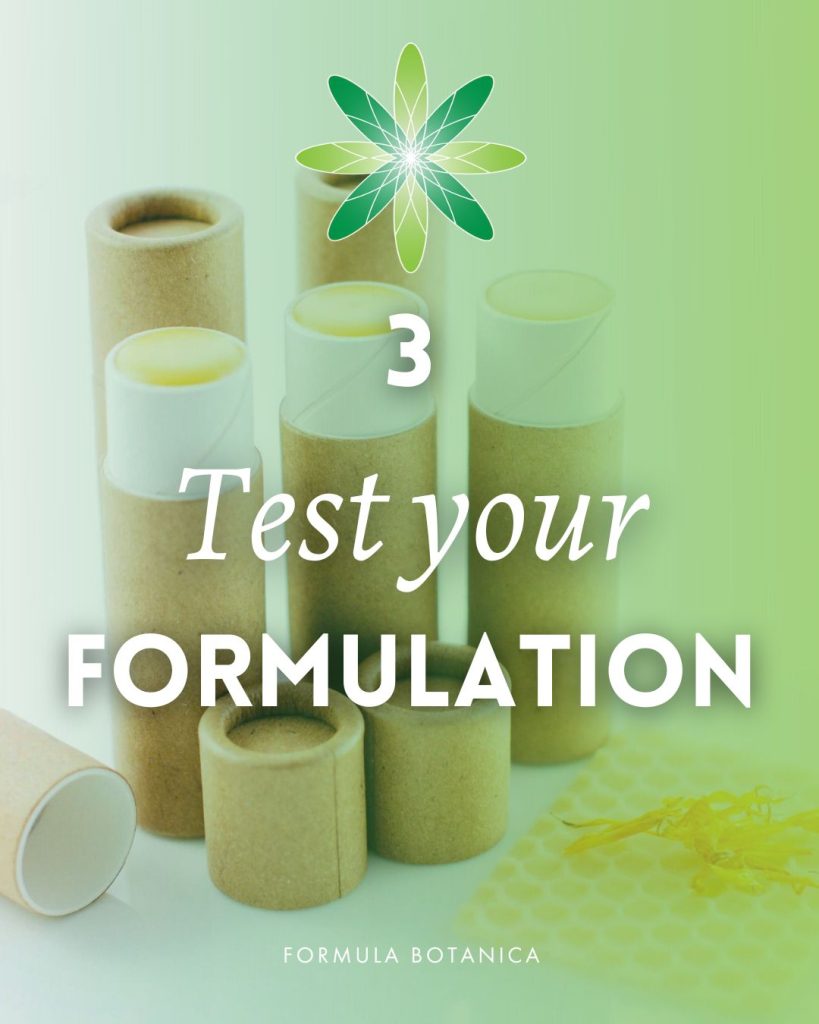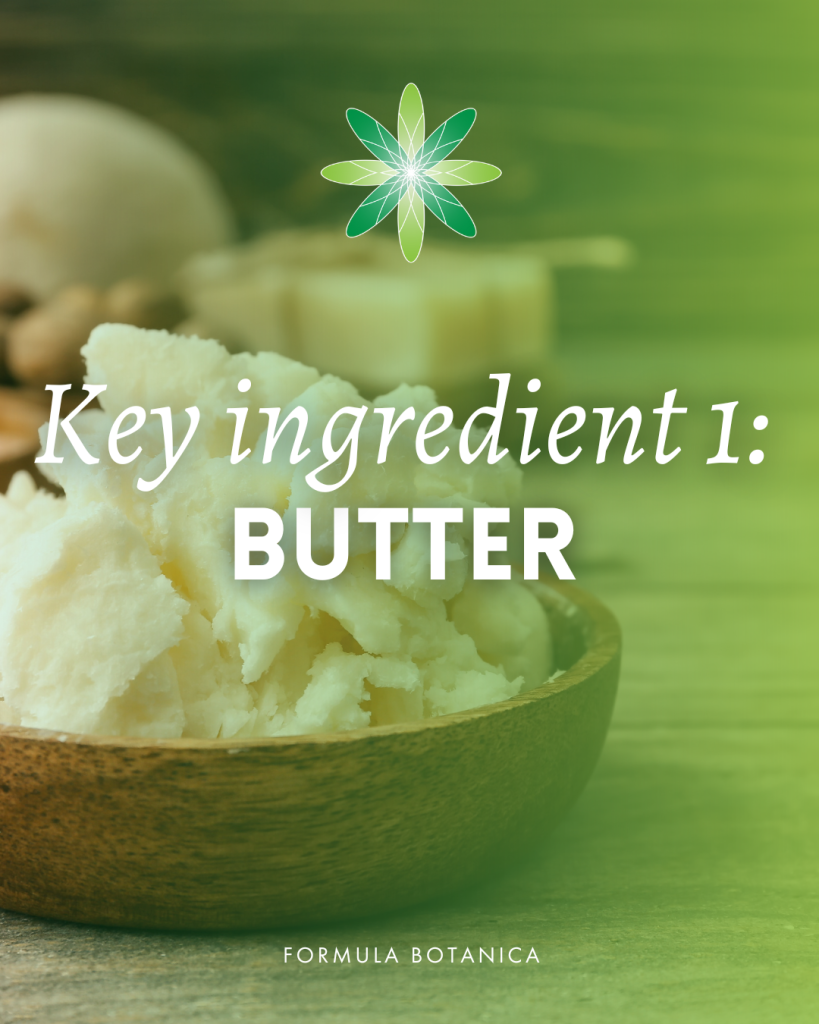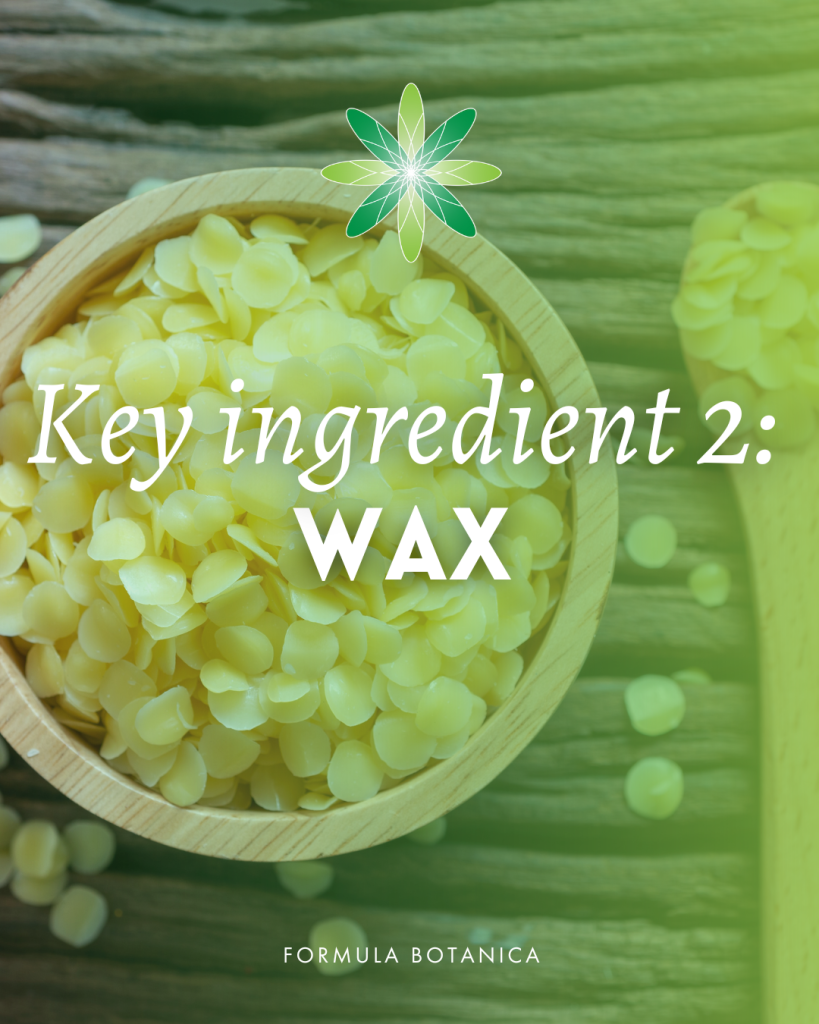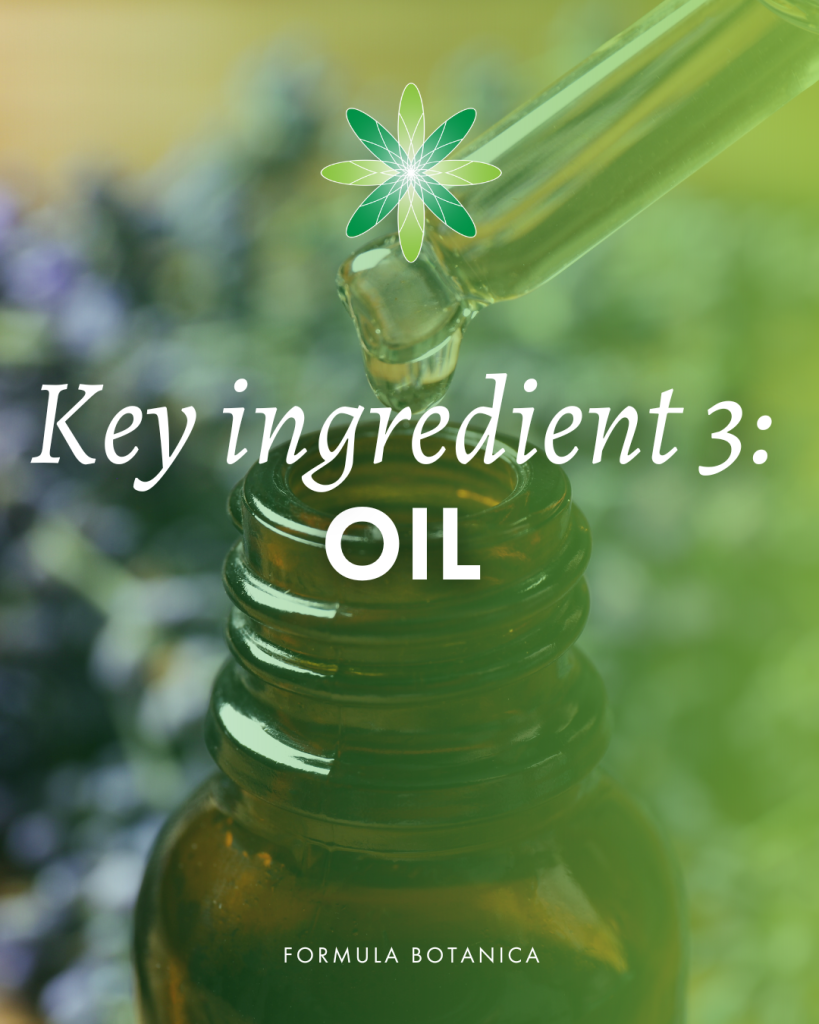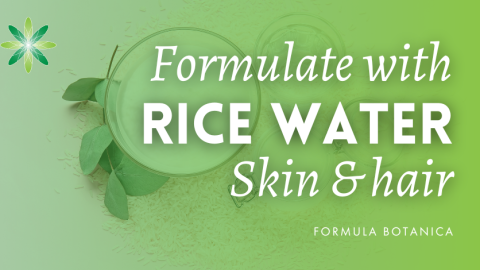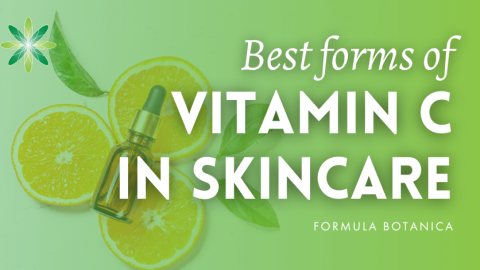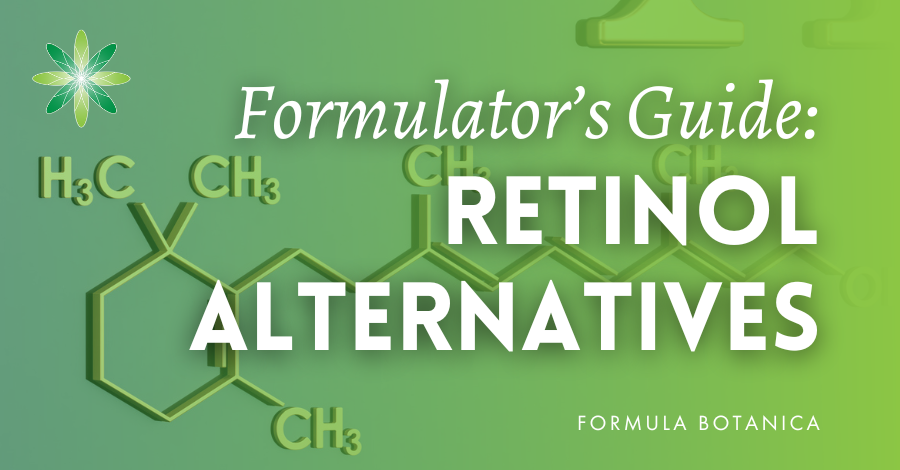Have you ever poured your heart into making the perfect lip balm, only to watch it melt away in the heat? I know I have, and it can be incredibly frustrating. You’re not alone—most formulators have faced this challenge before. Even here at Formula Botanica, the world’s leading formulation school, we’ve had our fair share of meltdowns while formulating in warmer climates.
But don’t worry, we’ve got your back. Over the years, we’ve navigated these sticky situations and picked up some invaluable tips and tricks along the way. Today, we’re excited to share these insights with you. Join us in this ultimate guide to creating balms and butters in hot climates. Ready to beat the heat? Let’s dive in!
How can climate affect your formulations?
At Formula Botanica, we’re thrilled to have over 20,000 students from 193 countries crafting exquisite botanical skincare, haircare, and make-up formulations. While we love being so global, it can sometimes bring its unique challenges- notably the heat.
Imagine you’re formulating in the cool, crisp climate of England or Norway. While the cooler temperatures present their own set of challenges, they are different from those faced in warmer climates. Now, envision whipping up that same formula under the blazing sun of Nigeria or the tropical warmth of Brazil. Here, you’re up against the challenge of preventing your beautiful creation from melting. So, what can you do to beat the heat? Find out below!
How to Formulate Oil-Based Products in a Hot Climate
If you’re frustrated with your balms, butters, bars and sticks melting in the heat, you’re not alone. Many of our students living in warmer climates struggle with this too. Luckily, we have some tips for you.
Step 1: Adjust the wax/butter/oil/ratio
Our first tip for crafting balms, butters, bars, sticks, or anhydrous creams in the heat is to adjust the ratio of wax, butter, and oil-based on where you live.
In hot climates, increase the percentage of wax and butter to enhance the product’s hardness and prevent melting. You’ll also want to reduce the oil content in your formula, as more oil results in a runnier product. We cover this in more detail in our Diploma in Organic Skincare Formulation.
Step 2: Gently heat your ingredients
Some soft butters, like shea butter, can develop a grainy texture if heated and cooled too quickly. Even in warmer climates, it’s crucial to gently heat your ingredients until they fully melt, even if they appear melted from the ambient temperature. This helps prevent graininess.
If your butters or final products turn grainy, simply re-melt them and stir slowly as they cool. This gradual cooling and stirring process prevents the lipids from crystallising and forming grains, ensuring a smooth, creamy texture.
Step 3: Test your formulations
Finally, you need to rest your formulation—without it, you risk your product melting away in no time! After formulating, let your product set for 24 hours and conduct small tests to check the stability of the product. Carry it in your pocket or leave it in a warm spot, then check how it holds up after a few hours. If it starts to melt, it’s time to revisit your wax, butter, and oil ratios.
To find out more about the importance of stability testing, explore our Certificate in Cosmetic Stability Testing.
Key ingredients to consider
Now that you know how to prevent melting in hot climates, it’s time to consider which ingredients to use for your balms, butters, sticks and anhydrous creams. Some ingredients are more heat-resistant than others, helping to keep your products safe from melting. Below are 3 key ingredients for you to consider:
#1 Butters
When formulating in a hot climate, you should first consider which butters you want to use. Opt for harder butters, like cocoa butter, as they perform better in warmer temperatures. Experimenting and finding what works best for your specific climate is essential. Here are some excellent examples of heat-stable butters:
Bacuri butter
- INCI: Platonia Insignis Seed Butter
- Melting point: 25-35°C
This butter from the Amazonian forest has good heat stability, is easily absorbed, and provides lasting hydration for the skin, as well as anti-ageing properties. Incorporate it into your skincare and haircare formulations to create anhydrous creams, lip balms, body butters, or shampoo bars.
Cupuaçu butter
- INCI: Theobroma Grandiflorum Seed Butter
- Melting point: 32-36°C
Cupuaçu butter is an excellent alternative to cocoa butter, offering similar benefits to shea butter, minus the scent. This versatile Amazonian butter is perfect for haircare and skincare formulations, such as hair masks and cleansing sticks, helping to prevent skin dehydration and enhance hair elasticity.
Find out more about formulating with butters below:
5 Amazonian Butters for organic skincare formulations
15 tips on formulating with shea butter
#2 Waxes
Waxes play a crucial role in increasing the hardness of your product and preventing it from melting. It’s best to start with a small amount, as even a little can significantly impact the final texture and feel of your formulation. Here are some of our favourite waxes to work with:
Beeswax
- INCI: Cera Alba
- Melting point: 61-65°C
Beeswax is a versatile and readily available option that’s easy to work with. It comes in yellow or white flakes or pellets and is one of the most popular waxes in natural formulations. Use it in your lotion bars and lip balms to enhance stability and achieve the perfect solid texture.
Candelilla Wax
- INCI: Euphorbia Cerifera Cera
- Melting point: 68-73°C
If you’re seeking a vegan alternative to beeswax, consider natural plant waxes like candelilla wax. Sourced from the leaves of the Mexican candelilla shrub, this wax serves as an excellent natural thickener, enhancing the consistency and hardness of lip balms and lipsticks.
Check further wax recommendations below:
How to work with natural cosmetic waxes
6 vegan waxes for organic cosmetic formulations
#3 Oils
Finally, the types of oils you select will significantly impact the final feel of your product on the skin. Experimenting with various botanical oils and adjusting their ratios can help prevent your formulations from melting. Here are some excellent examples of heat-stable oils to consider:
Baobab oil
- INCI: Adansonia Digitata Seed Oil
- Heat stability: Good
Baobab oil is a great oil to use when formulating in a hot climate. This yellow-coloured oil helps improve the skin barrier function and leaves the hair feeling silky smooth. Use it in your massage bars, lip balms and conditioner bars for optimal results.
Jojoba oil
- INCI: Simmondsia Chinensis Seed Oil
- Heat stability: Good
Jojoba oil is a beloved staple among our students and team alike. It’s easily accessible and simple to work with, making it a go-to ingredient. Its composition closely resembles that of sebum, making it an excellent moisturizer for the skin. Incorporate it into your anhydrous skincare and haircare formulations, such as your bars, balms, and butters.
Find out more below:
Why you need seed oils in your skincare and haircare
The chemist’s guide to checking plant oils for heat sensitivity
Bonus: Free Stable Formulations
Now that you know how to prevent melting in your products and which ingredients to choose, you’re ready to start formulating stable creations! We’ve put together a list of beginner-friendly anhydrous formulations (oil-based products) that you can easily follow and adjust based on your local climate.
Lip Balms
Easy 10-minute lip balm formulation
How to make an Amazonian lip balm
How to formulate a berry-tinted lip balm
Face & Body Balms
How to make a nourishing hand balm
How to make a simple unscented balm
Winter skincare formulation: oat & cranberry body balm
Body Butters
How to make a body butter with 7 ingredients
Your first botanical formulation: a simple body butter
How to make a tuberose & neroli whipped body butter
Face & Body Bars
How to make a solid cleansing bar
How to make a body melt or lotion bar
6 solid beauty bars perfect for beginners to make at home
Hair Bars
How to make a cocoa shampoo bar
How to make a solid hair conditioner bar
Face & Body Sticks
Why a balm stick should be the next skincare product you formulate
How to make a facial cleansing stick
Formulate a green tea and cocoa body balm stick
How to formulate a natural deodorant stick
FAQ
How to formulate in different climates?
Depending on your location, you’ll need to tweak your formulations to adapt to the climate you’re in. If you live in a colder climate, you likely won’t face any issues. However, if you reside in a warmer climate, you may struggle to prevent your products from melting.
How to prevent products from melting?
You can prevent your products from melting by adjusting the wax, butter, and oil ratio of your formula. If your product feels too soft, increase the amount of butter or wax to achieve a firmer structure, while reducing the oil content.
How to make sure your formulations don’t melt in a hot climate?
Living in a hot climate doesn’t mean that your formulations can’t be stable! With the right knowledge and experience, you can effectively prevent melting in any oil-based product.
Find out more in our free training
Now that you understand the basics of formulating in a hot climate and preventing your products from melting, it’s time to invest in yourself. If you truly want to master formulation and create safe products for your friends and family, learning how to make stable formulations is crucial. Enrol in our free training today to discover how to formulate for different climates, and don’t forget to explore our award-winning courses!
FREE TRAINING
Learn how to become an
Organic Skincare Formulator
FREE TRAINING
How to become an
Organic Skincare Entrepreneur
FREE TRAINING
How to become an
Organic Skincare Entrepreneur
Leave us a comment

Ariane is Formula Botanica’s Content Creator and an active member of the student community. She has worked as a professional journalist, blogger, copywriter and editor before joining Formula Botanica full-time in 2024.


